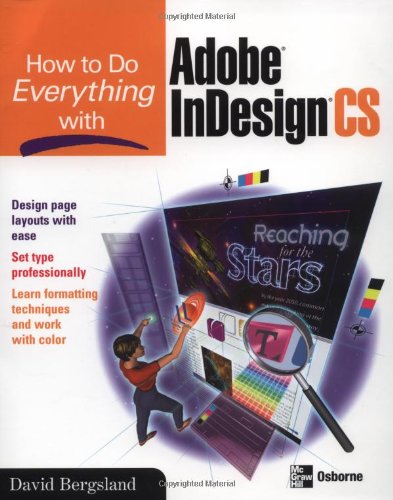

Most ebook files are in PDF format, so you can easily read them using various software such as Foxit Reader or directly on the Google Chrome browser.
Some ebook files are released by publishers in other formats such as .awz, .mobi, .epub, .fb2, etc. You may need to install specific software to read these formats on mobile/PC, such as Calibre.
Please read the tutorial at this link: https://ebookbell.com/faq
We offer FREE conversion to the popular formats you request; however, this may take some time. Therefore, right after payment, please email us, and we will try to provide the service as quickly as possible.
For some exceptional file formats or broken links (if any), please refrain from opening any disputes. Instead, email us first, and we will try to assist within a maximum of 6 hours.
EbookBell Team

4.4
22 reviews
ISBN 10: 007223153X
ISBN 13: 9780072231533
Author: David Bergsland
Part 1: InDesign CS Fundamentals – Your First Steps
Part 2: Mastering Text and Typography
Part 3: Incorporating Graphics and Visual Elements
Part 4: Building and Organizing Complex Documents
Part 5: Color, Effects, and Output for Print & Digital
Part 6: Advanced Techniques and Workflow Efficiency
Conclusion: Your Journey as an InDesign Master
how to do everything with adobe indesign cs
everything you need to know about indesign
how to do indesign
how to shift everything down in adobe
using adobe indesign
Tags: David Bergsland, Everything, Adobe